Home » Kratom Use and Mental Health: A Summary

Kratom Use and Mental Health: A Summary
- Anthony Dent, Founding Member
- No Comments
Kratom, scientifically known as Mitragyna speciosa, is a tree indigenous to Southeast Asia, notably recognized for its distinctive leaves used for their potential psychoactive properties. With increased interest globally, particularly for its reported ability to improve wellness, it becomes crucial to examine how kratom interacts with mental health parameters. A systematic review and multilevel meta-analysis titled “Kratom (Mitragyna speciosa) Use and Mental Health: A Systematic Review and Multilevel Meta-Analysis” offers insights into these interactions.
Study Insights and Implications
This extensive study involved a critical meta-analysis of 36 research articles to explore the intricate relationships between kratom use and mental health outcomes. Employing a random-effects model allowed for a nuanced understanding of these correlations, incorporating variability between studies. Here is a summary of the findings and their potential implications:
Negative Mental Health Indicators
The analysis identified a minor positive association between kratom use and negative mental health indicators. This slight correlation suggests that while certain individuals might experience adverse mental health responses, such instances are not widespread or significant across the population. This kratom and mental health finding is crucial as it counters general concerns about kratom potentially exacerbating negative mental health conditions universally.
By highlighting this weak correlation, the study emphasizes the importance of individual variability and context in understanding kratom’s broader psychological impact. Particular attention should be directed towards the specific use context that may contribute to these negative indicators, ensuring more targeted future research.
Positive Mental Health Indicators
Contrasting the concern for negative outcomes, the study also sought to uncover potential positive mental health benefits from kratom use. However, it found no significant link with enhanced positive mental health indicators. While anecdotal evidence from users often suggests improved mood or well-being, this statistical analysis from the kratom and mental health study indicates such reports are not universal.
This finding highlights a need for cautious interpretation of personal testimonials, suggesting that while some might experience positive feelings, these do not translate into guaranteed outcomes. This underscores the necessity for more comprehensive studies considering variances in kratom strains, amounts used, and usage duration to provide clearer insights into any potential benefits.
Specific Mental Health Outcomes
Focusing further on particular mental health conditions, a modest positive link with more risky behaviors was noted such as rule breaking, impulsivity, and others. This specific link in the kratom and mental health study suggests that kratom might influence tendencies towards these types of activities.
The absence of significant correlations with specific mental health disorders or overall life quality proposes that kratom’s psychological impacts may be more nuanced than initially understood. These findings indicate a pressing need for more directed research to unravel these subtleties and explore whether specific user demographics or usage contexts might predict different mental health outcomes.
Regional and Demographic Variations
The study about kratom and mental health further examined variations in kratom’s associations with mental health across different regions and demographics. A stronger association between kratom use and substance use disorders was particularly pronounced in Malaysia, underscoring the significance of local cultural and socio-economic contexts in shaping kratom’s psychological impacts. This stronger correlation in Malaysia may reflect traditional usage patterns, legal frameworks, or accessibility factors unique to the region.
Furthermore, age emerged as a significant variable, with younger individuals displaying different correlations with mental health outcomes. This demographic detail suggests younger users might be more susceptible to or differently influenced by kratom’s effects compared to older individuals. This is perhaps due to varying lifestyle factors, stress levels, concurrent substance use practices, and even the specific kratom powders, extracts, or capsules they use.
These insights illuminate the complex interplay between kratom use and mental health, emphasizing the critical role of individual and contextual factors in shaping these relationships. As this field of study progresses, understanding the variations across different user groups and contexts will be essential in crafting informed, effective guidelines for kratom use and regulation.
The Future of Kratom and Mental Health
Need for Continued Research
While the study provides a foundational understanding of kratom’s interaction with mental health indicators, it highlights the necessity for continued research. The complexity of kratom’s psychoactive compounds, notably mitragynine, requires further rigorous investigation to comprehend its wide range of effects fully. Future research on kratom use and mental health should aim to unravel kratom’s biochemical pathways and potential interactions with mental health more comprehensively.
Regulatory Landscape
Current regulations surrounding kratom vary significantly across states and local jurisdictions, ranging from its legality to outright bans. This inconsistent regulatory framework impedes research, as accessibility and legality affect study designs and participant recruitment. Developing cohesive regulatory guidelines can enhance research opportunities, enabling scientists to conduct standardized studies that will yield more reliable and generalizable data.
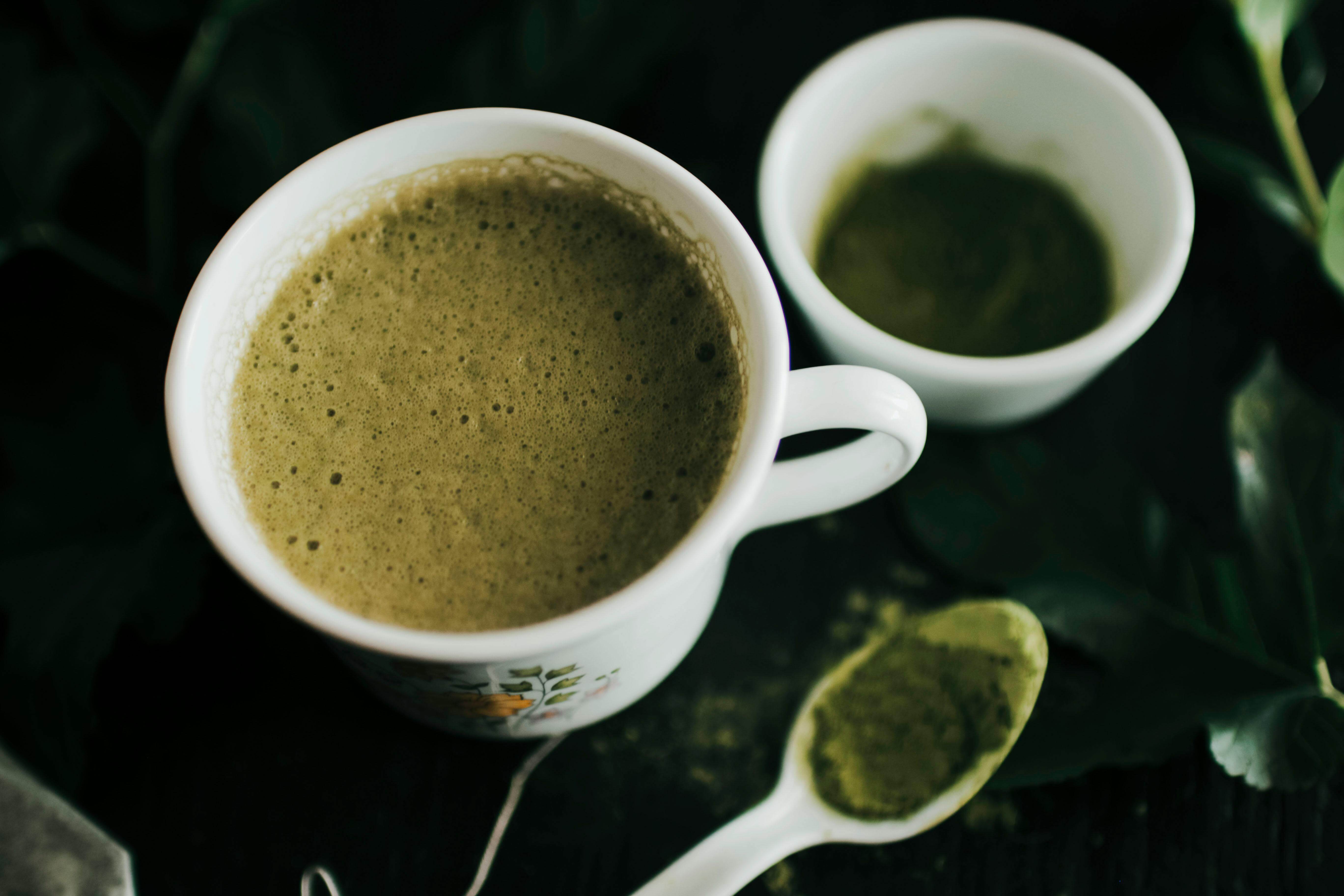
Passing the Kratom Consumer Protection Act (KCPA) across more states is pivotal in establishing a uniform legal framework that safeguards consumer rights and ensures product safety. By promoting consistent standards for kratom quality and sales, the KCPA aids in helping researchers do their work on kratom use and mental health unhindered by regulatory barriers that currently limit their ability to collect comprehensive data.
Why More Work is Needed
- Complexity of Psychoactive Compounds: Kratom contains numerous alkaloids with complex interactions. Understanding these compounds’ specific mental health influences requires precise biochemical and psychological research.
- Diverse User Experiences: Individual variability in experiences underscores the need for studies that consider genetic, environmental, and psychological factors. These studies can help identify who might benefit from or be at risk of kratom use.
- Potential for Therapeutic Applications: The different effects of kratom suggest potential therapeutic benefits, but definitive evidence is lacking. Robust clinical trials on kratom use and mental health could explain possible uses in mental health treatments, potentially offering novel interventions for certain conditions, assuming these come with appropriate regulatory support and ethical considerations.
- Public Health and Safety: Balancing potential benefits with safety concerns is critical. Efficient regulation paired with research could mitigate misuse while allowing those who find kratom beneficial to continue its use safely. Educating the public through advocacy efforts about kratom’s safe usage and potential risks aligns with broader public health initiatives.
Learn More at The Kratom Company
While kratom presents intriguing possibilities for enhancing mental well-being, its complex nature necessitates ongoing research and thoughtful regulation. By promoting more stringent studies on kratom use and mental health and aligning policies, we can tip the scales towards uncovering kratom’s true potential, ensuring its responsible and informed use in personal wellness regimes. Join the conversation on kratom’s evolving role in mental health and more developments, including the latest kratom products at The Kratom Company.
Featured Products
-
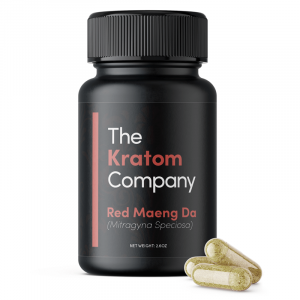 From $24.00Select options This product has multiple variants. The options may be chosen on the product page
From $24.00Select options This product has multiple variants. The options may be chosen on the product page -
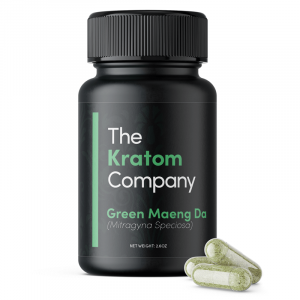 From $24.00Select options This product has multiple variants. The options may be chosen on the product page
From $24.00Select options This product has multiple variants. The options may be chosen on the product page -
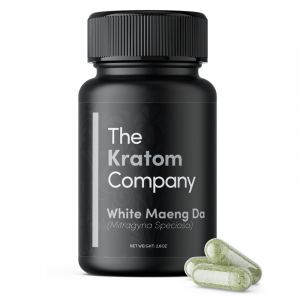 From $24.00Select options This product has multiple variants. The options may be chosen on the product page
From $24.00Select options This product has multiple variants. The options may be chosen on the product page
Explore More Posts
Product Search
Featured Products
-
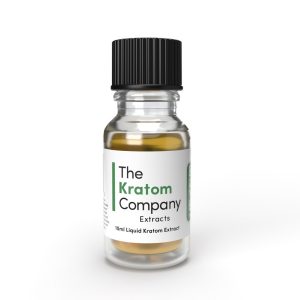 Pure Kratom Liquid Extract
Rated 4.72 out of 5From $20.00
Pure Kratom Liquid Extract
Rated 4.72 out of 5From $20.00 -
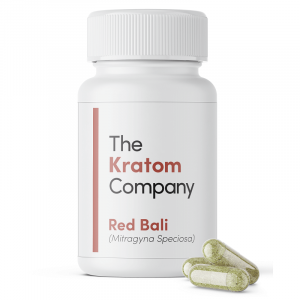 Red Vein Bali Kratom Capsules
Rated 4.70 out of 5From $24.00
Red Vein Bali Kratom Capsules
Rated 4.70 out of 5From $24.00 -
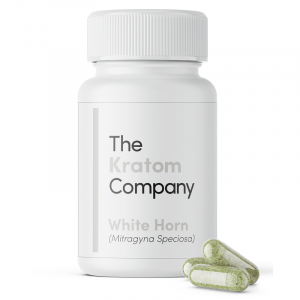 White Horn Kratom Capsules
Rated 4.88 out of 5From $24.00
White Horn Kratom Capsules
Rated 4.88 out of 5From $24.00
Follow Us
Strains
Blogs
NEWSLETTER
Sign up for our newsletter!

These statements and products presented on this website have not been evaluated by the Food and Drug Administration FDA. The products mentioned on this website are not intended to diagnose, prevent, treat or cure any diseases or health conditions. Therefore any information on this website is presented solely as the opinions of their respective authors who do not claim in any way shape or form to be medical professionals providing medical advice. The KRTM Company and its owners or employees cannot be held responsible for, and will not be liable for the inaccuracy or application of any information whatsoever herein provided. By purchasing our products you agree that you are aware and in compliance with your local county, state, or federal regulations. Must be 21 years or older to purchase Kratom. The US FDA has not approved kratom as a dietary supplement. We do not ship to the following states, cities and counties in the US where Kratom is banned: Alabama, Arkansas, Indiana, Rhode Island, Vermont, Wisconsin, Sarasota County, FL, Union County, MS, Denver, CO, San Diego, CA, and Jerseyville, IL.





